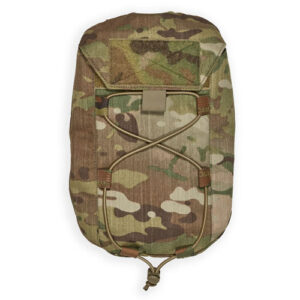Significance of “OD Green” in Military Uniforms
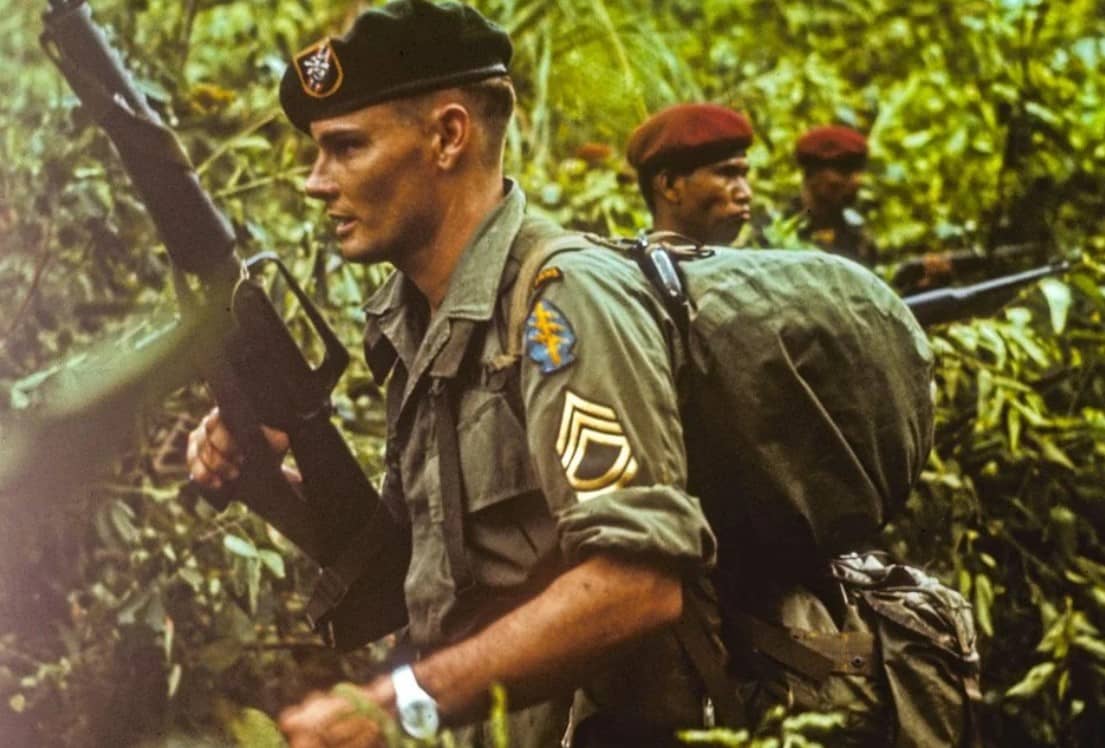
For over a Century, the significance of OD green has been woven into the fabric of military clothing and embedded in war culture and tactics. A sensible camouflage solution gradually became an iconic symbol of military heritage and tradition.
Today, we will discuss the significance of the OD green within the military uniform. We traced its history, observed and viewed the heritage in the military aspect over time, and explored the shades used over time.
The Birth Of OD Green: A Response To Shifting Warfare
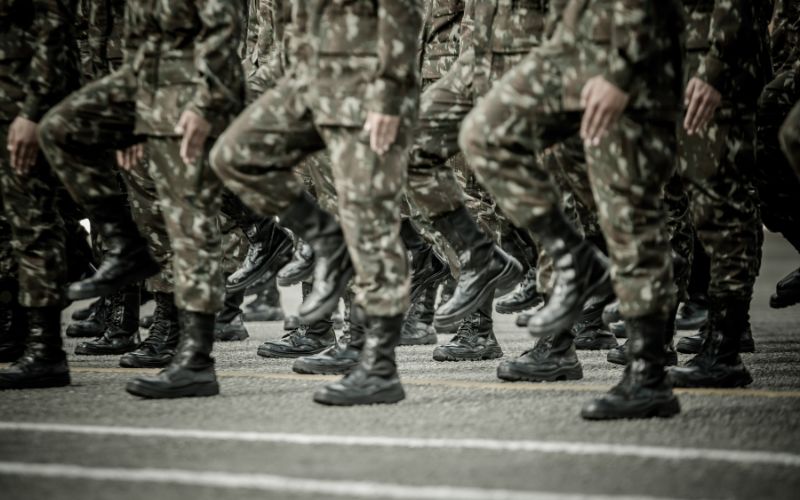
The practical solution OD Green used to represent military heritage is quite something. For over a hundred years, it covered the bodies of soldiers and hid equipment, so naturally, it eventually came to represent all that military service is about.
OD shades green have remained a saga of adaptation and evolution in military thinking from fields in Europe during the World War to the jungles of Vietnam. Each twist in the various evolutions of this color lies within some dynamic changes that the nature of warfare is adapting with the evolution and the relentless pursuit to achieve camouflage efficiency.
The origin of OD green in military uniforms dates back to the early 20th Century. This age can be defined as a turning point, as military thinking regarding visibility on the battlefield changed greatly.
Military Uniforms Before The 20th Century
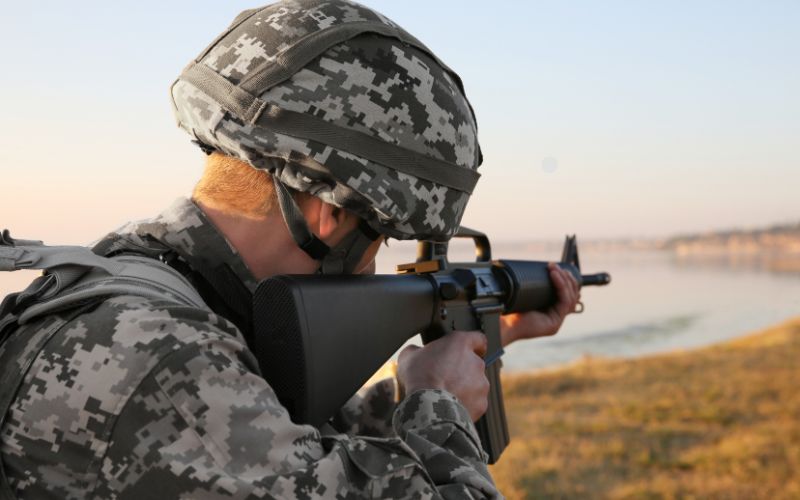
Before the use of OD green, the military uniform had always been very colorful:
The British wore their famous scarlet uniforms called the “Redcoats.”
Other Continental forces wore whites, blues, and reds.
These colors served a few purposes:
- To identify the smoke-filled battlefields
- To intimidate enemies
- Inspiring pride and discipline in soldiers
However, warfare changed as the precision of firearms increased; these vividly attired uniforms became a liability.
The Boer War: A Wake-Up Call for Many Armies
The second Boer War in South Africa, 1899-1902, was to wake many armies:
British soldiers in bright clothing were an easy target for Boer snipers. It brought home the need for better camouflage. The US Army Tried OD Green in 1902, and it did something no other army did: It adopted a new uniform color known as “Olive Drab.” It was chosen because it would easily blend in with natural surroundings. This marked the dawn of the OD green era in military uniforms.
Evolution Of OD Green Through Major Conflicts
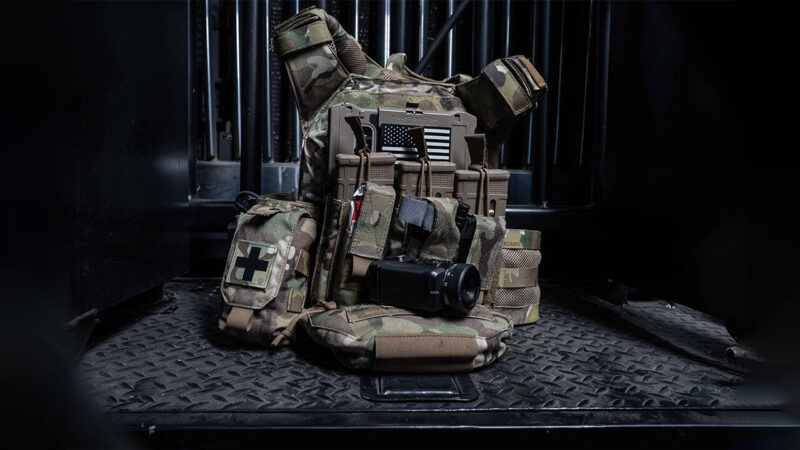
OD green emerged as a widely adopted shade of military uniforms following several massive wars of the 20th Century.
World War I
OD green would prove its worth in World War I (1914-1918). American troops wore OD green uniforms in the European theater. The color was excellent camouflage across the mixed landscape of Western Europe. Other forces adopted it to follow an earth-tinted fashion.
World War II
OD green was largely employed in World War II (1939-1945). The US Army used the M1941 uniform in Olive Drab Shade 51, one of the most iconic shades closely associated with the “Greatest Generation.” The Allied forces consisted of British and Canadian armies, which also used shades of OD green.
Korean War and Vietnam War
OD green is the staple color for US military uniforms and equipment. The M1951 field uniform was used during the Korean War, 1950-1953. During Vietnam, OD Green 107 became the standard for jungle fatigues. The direst circumstances of the Vietnam War led to furtherment on the shade and fabric.
Role Of OD Green In Military Heritage
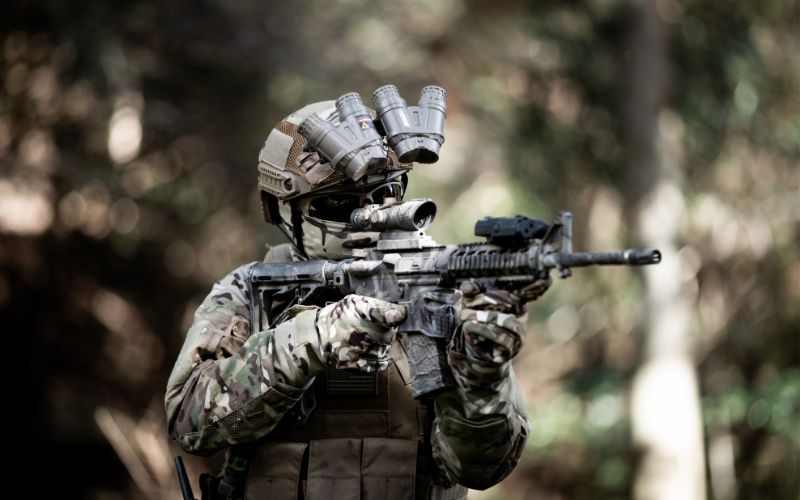
OD Green has long played a significant role in military heritage. The presence of OD Green in the uniform is not only for practical purposes but also for sacrifice, growth, and resilience. Military heritage attached to OD Green runs very deep; it is much more than the surviving spirit of service members; it is also a total power and force with their unity.
For soldiers, wearing OD Green taps into a rich history, linking to the sacrifices made by previous generations. It fosters a sense of authority and cohesion within the ranks, promoting a unified front during operations.
1. Peace and Renewal
OD Green is more than getting ready for war-it also points to peace and rebirth. It comes with hope, wisdom, and harmony to the US Military. This symbolism is important in keeping troops’ morale and mental toughness fixed on the immediate mission and the bigger purpose they are contributing through peacekeeping.
It evokes feelings of power and esprit de corps among the soldiers, thus aiding in their psychological preparation and bonding. It is not just camouflage but a reverence for the enduring spirit of the people in service who epitomize these qualities.
2. Camouflage and Concealment
OD green was selected for military uniforms because it allows soldiers to camouflage themselves in different natural environments. The earthy, mellow shade of olive drab conceals soldiers well in woods, jungles, and grasslands. Thus, The camouflage naturally decreased the enemy’s visibility because it was difficult for the opposing forces to record troops because of their look. OD green became so universal and prevalent in the early years of World War II; it signaled the time when brightly colored military uniforms- the fad that the earlier generations so admired- started to fade away. Modern warfare was characterized by mobility and concealment requirements, and olive drab fit the bills perfectly.
3. Universal Versatility
OD green was not for just a particular kind of battlefield. It worked well across an amazingly wide range of environments- from thick forests in Europe to tropical jungles and even more arid or urban environments. Although more specific camouflage patterns have been formulated in the past decades, OD green was the standard color used for all-weather and all-terrain camouflage for many years. The color was also used for other military tools and vehicles. Though it offered only medium camouflage in several types of terrains, it ensured uniformity on most elements of the military forces.
4. Psychological Significance
OD green symbolizes much psychological importance in the military. This color has become synonymous with strength, discipline, and unity, portraying professionalism and organization. But beyond its functional use, OD Green also instills a sense of identity and belonging among the soldiers. Clothing uniformity eliminates what is perceived as differences that abound, be it in rank or class, which helps to promote a sense of equality within the ranks. As such, the color became the strong identification symbol of the collective belonging among the armed forces whose use strengthened and unified military units.
5. Beyond Uniforms
Besides the uniforms, OD green was also extended to military tactical gear and equipment. Other equipment and supplies, including helmets, trucks, tents, and backpacks, many of which were already pre-painted or produced in olive drab for uniform camouflage and presentation on the battlefield, were also useful in the sense of blending with natural cover and had obvious military logistical reasons as well. Yet another area where the olive drab culture pervades is the use of such items as civilian life, which started adopting military surplus in their fashion and outdoor activities as an expression of the penetration of the olive drab beyond its very original usage in the military.
6. Pragmatic Practicality
Pragmatic practicality might also be among the reasons for the massive use of OD green. The color is wear-resistant and hides dirt, stains, and wear marks, hence being very suitable for soldiers operating in extreme outdoor conditions. Those produced in OD green could also last longer, even under extreme weather conditions. The color is also easy and inexpensive to make. In the early and middle 20th Century, the army required tons of uniforms for many troops, and speed was essential. The difficulty of making olive drab was less complicated. This means that the mass production of uniforms was efficient without causing a loss of utility.
7. Historical Development
While OD green dominated the military uniform scene from the World War II era through the Vietnam War, it slowly became replaced by more subtle camouflage patterns. By the 1980s, the US Army had begun to adopt the Woodland Camouflage pattern and digital and multi-terrain patterns designed to meet the myriad demands of modern conflict. Still, it was in this OD green that it served as the basis of what developed next. Many other military forces, particularly the ones belonging to NATO, adopted different shades of OD green for their various uniforms and equipment. So, it remained the international symbol of military forces throughout the first half of the 20th Century.
Conclusion
Today, OD green remains a part of the aggressive culture due to its continuing popularity in digital patterns and multi-environment camouflage. It seeps into hardware, is worn in some of today’s more high-tech camouflage patterns, and lingers on in the memory of veterans and civilians of old.
A uniform is something more than a color—the OD green. Beyond the men and women wearing them, the fires they walked through and the evolved military strategy lessons stand the reminders of the future of military uniforms and equipment. While gazing into the future, OD green will stand tall as a reminder of past military tradition—a tradition so marred yet worthy of its place in history.
Frequently Asked Questions
What Does OD Mean on Military Uniforms?
“OD” on military uniforms means “Olive Drab.” You’ll see it in military history, where it’s used for camouflage patterns. Uniform regulations were adopted before the Korean War and even influenced fashion trends.
What Does the Green Military Uniform Represent?
A green military uniform, with its history, represents resilience and sacrifice. It triggers the psychological implications of unity and preparedness. Its cultural symbolism and effectiveness as camouflage make it necessary in military operations, representing preparedness and dedication.
What Does Military Green Represent?
Military green stands for tradition, strength, and unity. Its camouflage ability also helps to increase survival capabilities, while psychological powers enable it to help instill authority and preparedness. It represents a wonderful combination of history and functionality in military use.
Why Do Soldiers Wear a Green Uniform?
The uniforms they wear are green because they effectively camouflage in natural environments. Green uniforms, such as OD green, have been a long tradition and have balanced a sense of innovation throughout history. Their psychological impact fosters unity and connection to nature.

